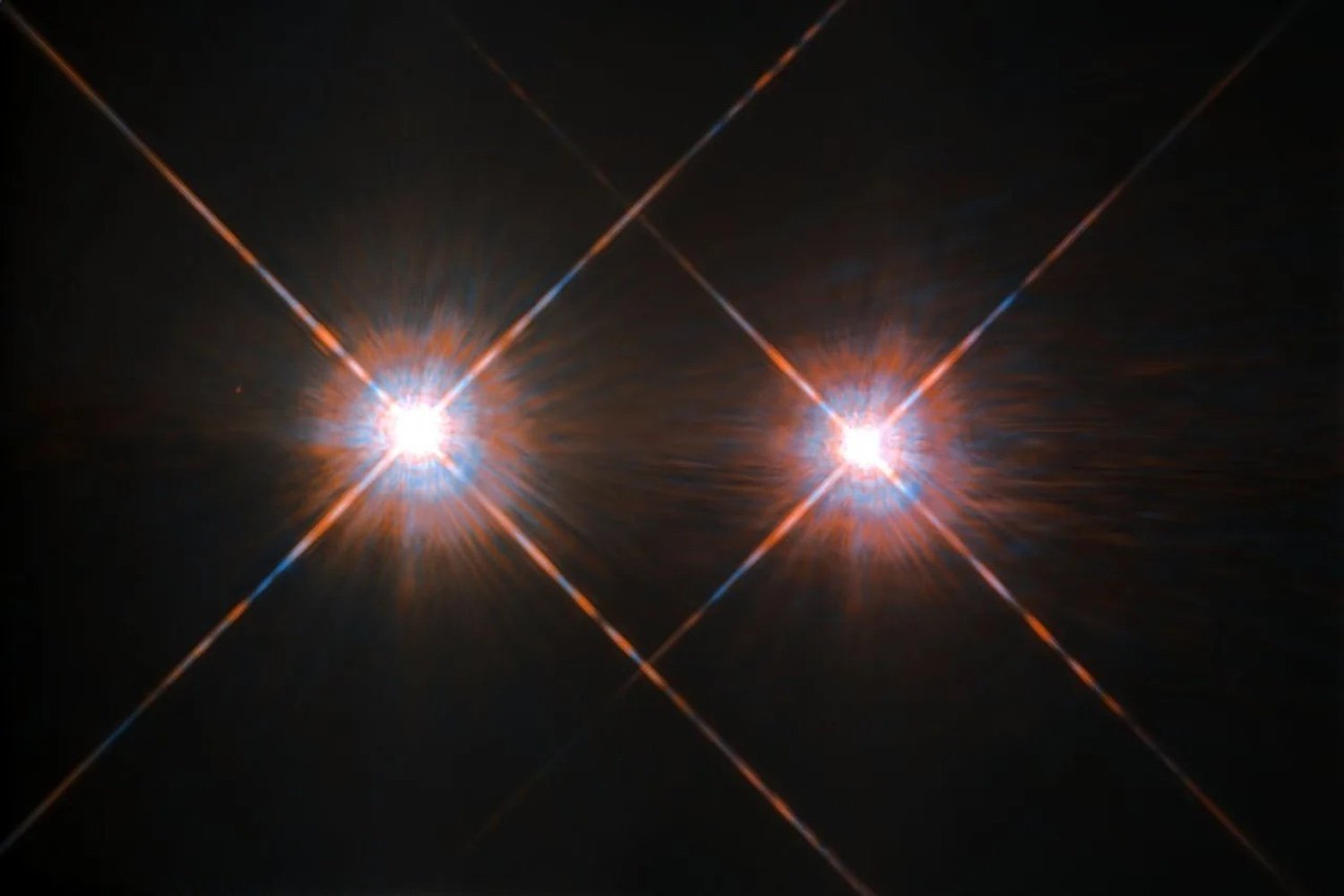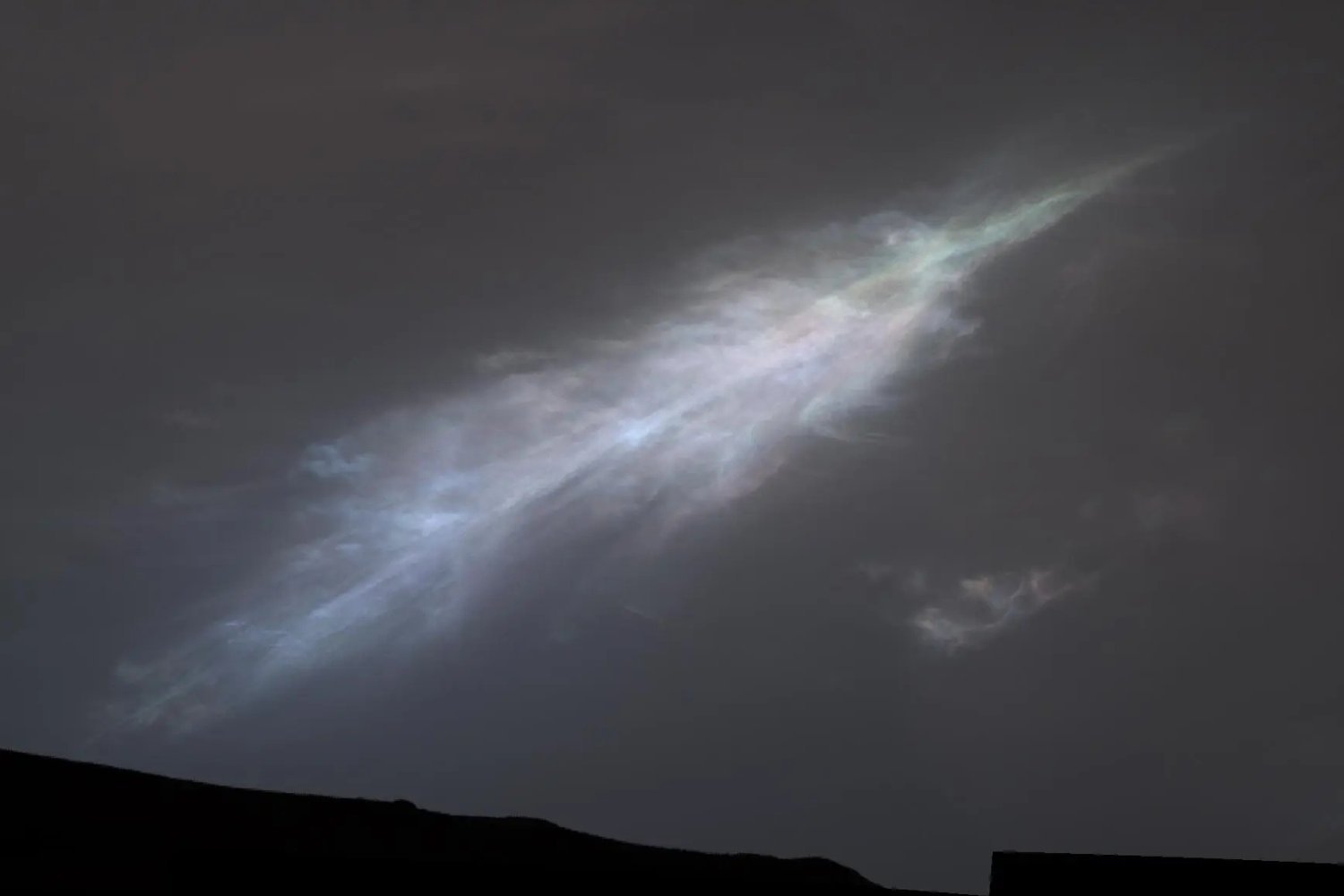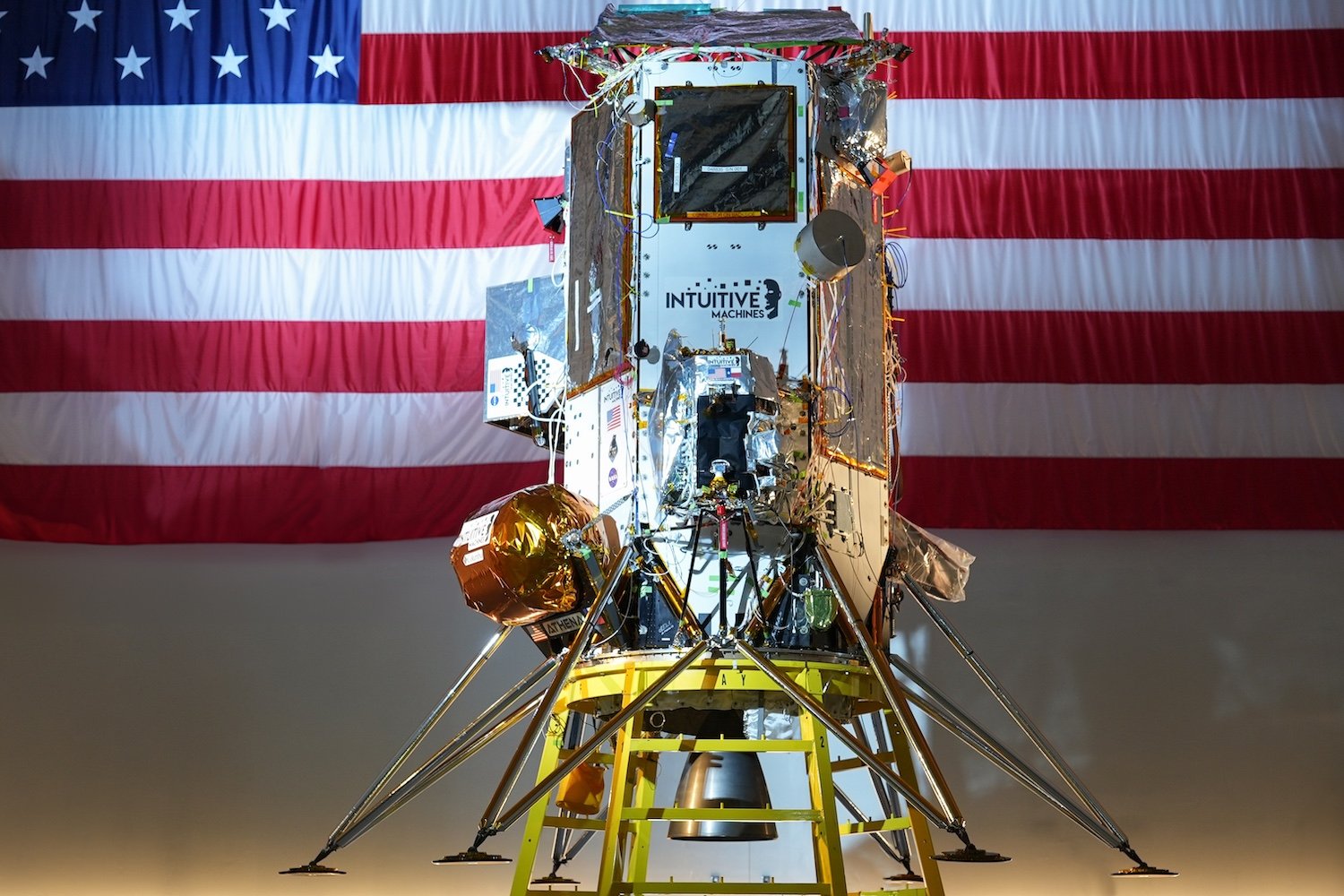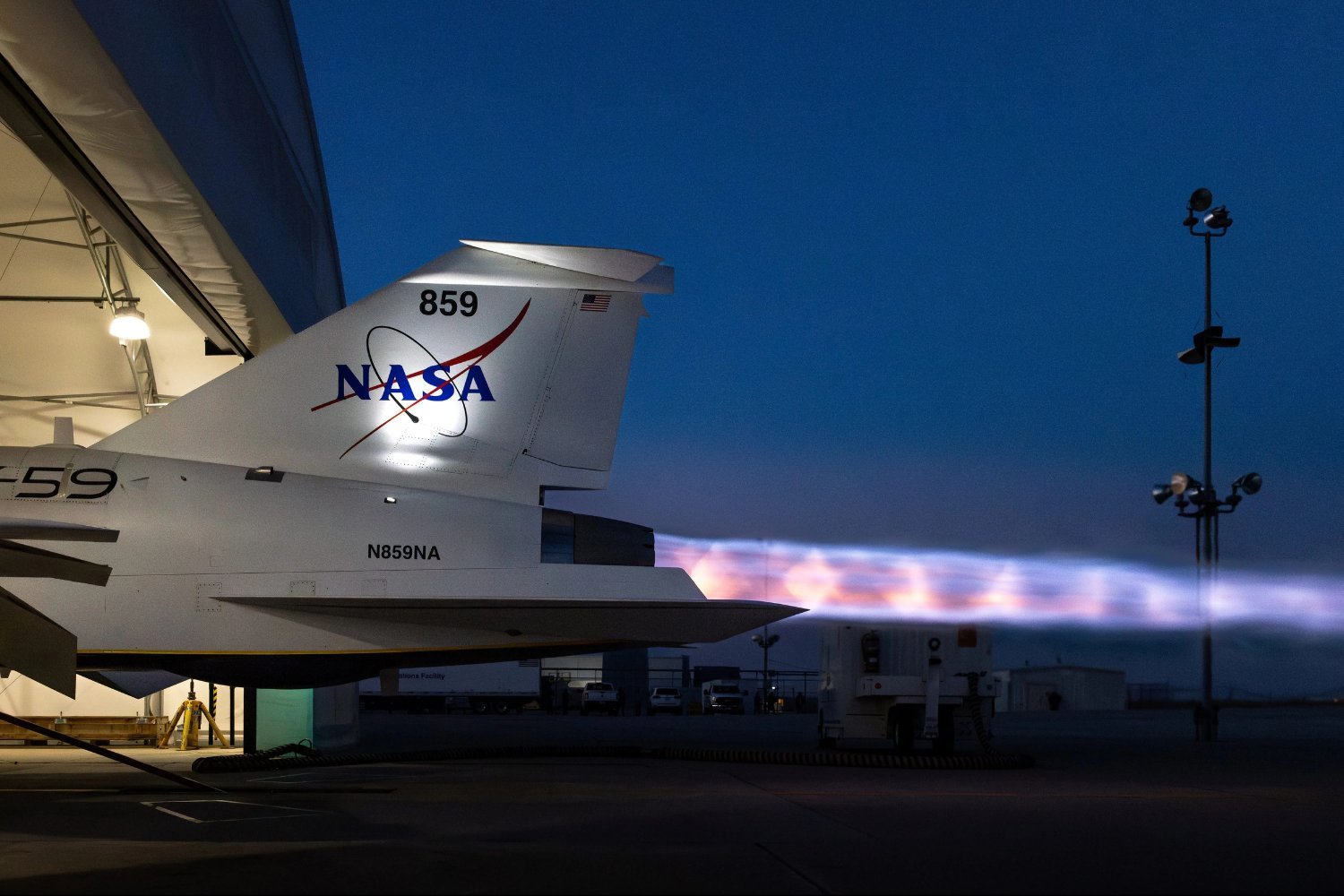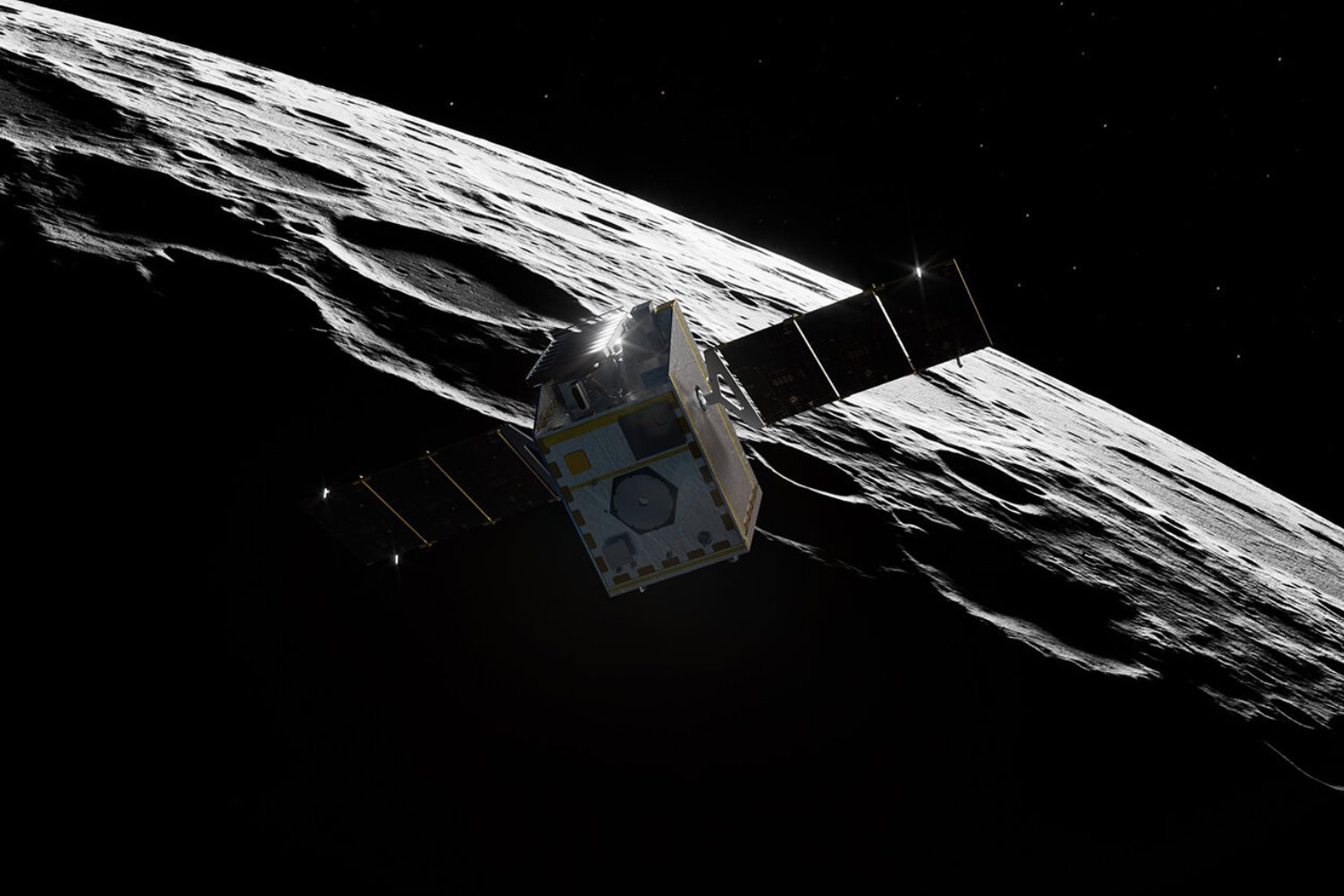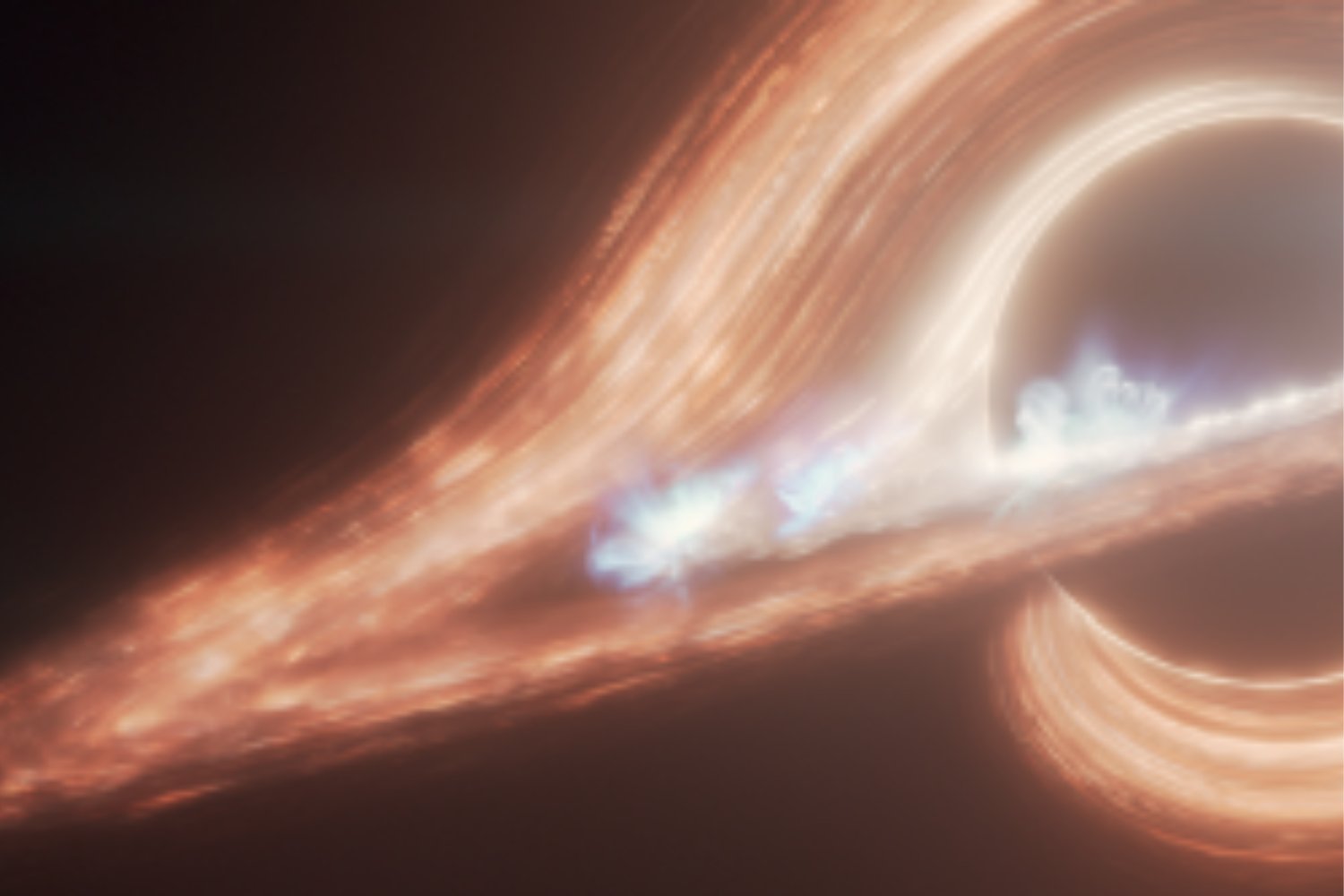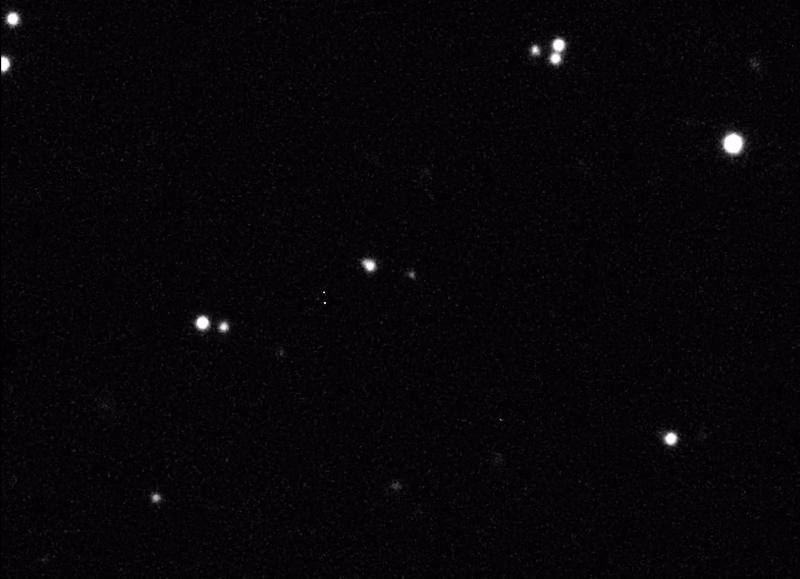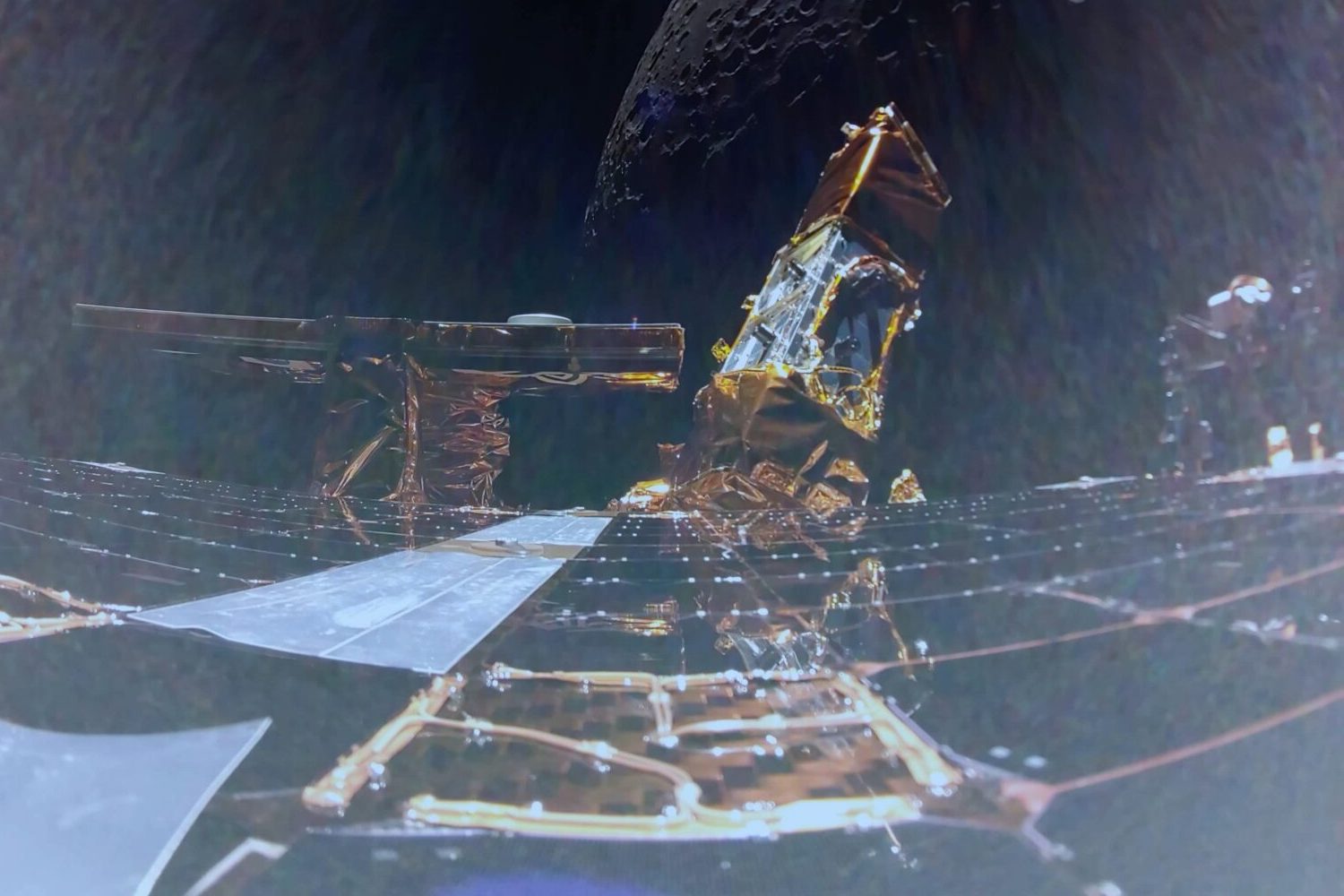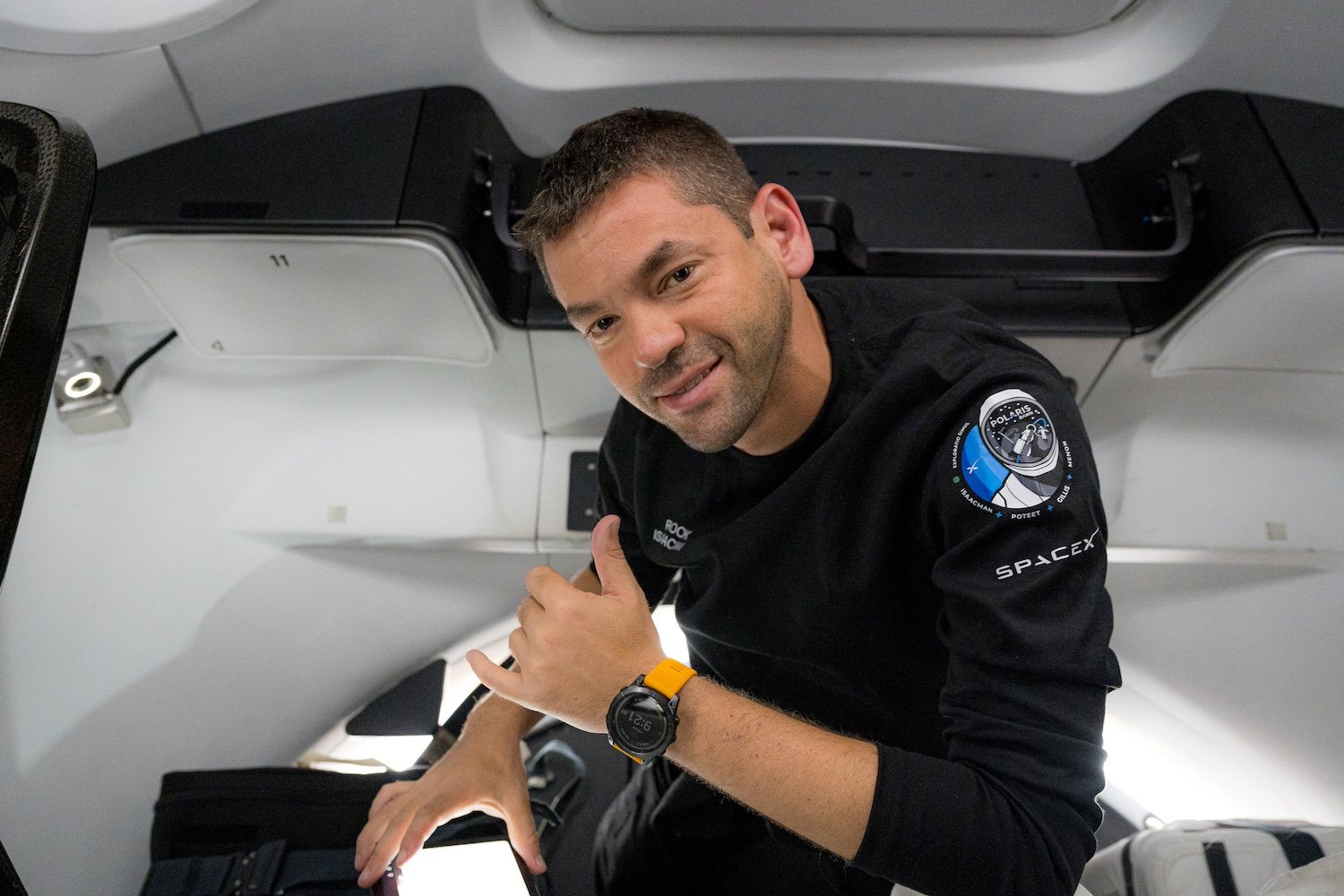Alpha Centauri, our closest stellar neighbor, is gradually approaching Earth. In approximately 3,000 years, this triple star system will reach its nearest point to our planet. However, new research suggests that material ejected from Alpha Centauri may have already arrived in our solar system, with more potentially on its way.
Currently, Alpha Centauri lies 4.37 light-years from Earth, a relatively short distance cosmologically. This intriguing neighbor consists of two Sun-like stars, Alpha Centauri A and Alpha Centauri B, along with a red dwarf star called Proxima Centauri. As this dynamic system traverses space, it expels material into the interstellar medium. A study, accepted for publication in the Planetary Science Journal, estimates that roughly one million objects from Alpha Centauri have drifted into our solar system over the last 10 million years.
The first known interstellar object to visit our solar system, ‘Oumuamua, a long, cigar-shaped object, appeared in 2017. Its origins remained shrouded in mystery. This new research aims to shed light on interstellar objects like ‘Oumuamua by using Alpha Centauri as a case study, investigating the possibility of material from this nearby system reaching and orbiting our Sun.
Objects in space are constantly in motion, influenced by gravitational forces, magnetic fields, and interstellar drag. These forces can draw objects towards our solar system. According to the study, only objects larger than 10 microns can withstand the interstellar journey.
Using computer simulations to model the transfer of material from Alpha Centauri over recent times, researchers estimate that approximately one million objects larger than 328 feet (100 meters) could reside within the Oort Cloud. The Oort Cloud is a vast, spherical region surrounding our Sun, considered the outermost part of our solar system.
Due to the immense distances involved, detecting these objects would be incredibly challenging. The probability of one of these objects being within 10 astronomical units (AU) of the Sun is estimated to be one in a million. One AU is the average distance between Earth and the Sun, so 10 AU is roughly the distance to Saturn’s orbit. The study suggests that any material currently leaving Alpha Centauri at low speeds would be generally heading towards our solar system.
It’s important to note that this study presents a theoretical concept based on computer simulations; astronomers haven’t yet directly observed any interstellar material from Alpha Centauri. However, identifying such material would be a significant breakthrough. Analyzing fragments from this neighboring star system could offer invaluable insights into its composition and evolution.
Proxima Centauri hosts two known exoplanets: an Earth-sized planet within its habitable zone (the region where liquid water could exist on the surface) and a super-Earth farther out. Alpha Centauri A is also suspected to harbor a Neptune-sized exoplanet, although this remains unconfirmed. It’s likely that more planets orbit this triple star system, and some may be habitable. Therefore, studying interstellar material potentially originating from Alpha Centauri could enhance our understanding of planet formation and the search for extraterrestrial life.



